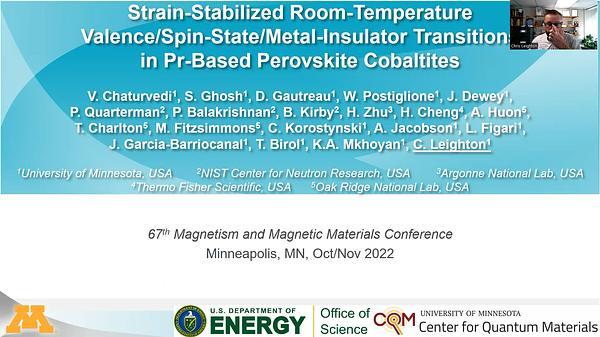
Premium content
Access to this content requires a subscription. You must be a premium user to view this content.

technical paper
Field free spin
In the post-Moore era, spintronic is one of the key technologies to break the bottleneck of high energy consumption of electronic devices1. However, as the process node
moves on, conventional ferromagnet-based spintronic devices meet the superparamagnetic size limit. Under such circumstance, perpendicular synthetic antiferromagnets with high
scalability and readability, strong immunity to external field and ultrafast dynamics, become a competitive choice for the next generation spintronics memory and logic devices2. Here, we propose a strategy to energy efficiently operate their magnetic order by spin orbit torque (SOT) under zero external field through the introduction of interlayer Dzyaloshinskii–Moriya interaction (DMI)3,4. By macro-spin simulation, we show that the speed of field-free switching increases with the in-plane mirror asymmetry of injected spins. We experimentally observe the existence of interlayer DMI in our SAF sample by an azimuthal angular dependent anomalous Hall measurement. Field-free switching is accomplished in such a sample and the strength of the effective switching field demonstrates its origin from interlayer DMI. Compared with previous field-free switching solutions, the performance of SOT device is well preserved. Our work pave the way for a wide range of potential high performance SOT devices5.
References
1 Z. Guo, J. Yin, Y. Bai et al., Proceedings of the IEEE., vol.109, p.8, (2021)
2 R. A. Duine, K. J. Lee, S. S. P. Parkin, M. D. Stiles, Nature Physics., Vol.14, p.217–219 (2018).
3 D. Han, K Lee, J Hanke et.al., Nature Materials., Vol.18, p.703–708 (2019)
4 A. Fernández-Pacheco, et al., Nature Materials., Vol.18, p.679–684 (2019).
5 Z. Wang, P. LI, Y. Yao et al., https://arxiv.org/abs/2205.04740, (2022)

Schematic illustration of SAF field-free SOT switching through interlayer DMI. (A-D) Spin textures' evolution with time during the application of a SOT current pulse along -x. (E) A
sketch of the experimental setup where the switching mechanism under a domain nucleation and propagation regime is indicated. The probe laser is used to detect the MOKE signal in our
experiment.

Field-free SOT switching detected by optical Kerr measurement. (A) Normalized p-MOKE signal of the studied film. (B) Kerr image after the application of a current pulse. The switching
area is counted from the composite image below. (C) Summarization of current induced switching behavior as a function of azimuthal direction.

